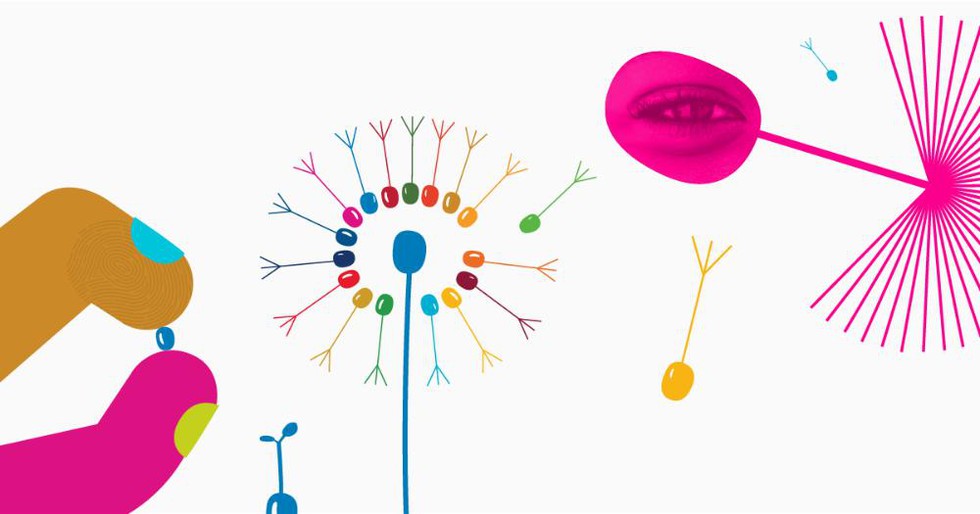About World Intellectual Property Day:
- It is celebrated every year on April 26. The day aims to raise awareness about Intellectual Property (IP) rights and its role in encouraging innovation and creativity to make the world a better place.
- The day was established in 2000 by the World Intellectual Property Organisation (WIPO).
- Official theme for World Intellectual Property Day 2024: ‘IP and the SDGs: Building Our Common Future with Innovation and Creativity’.
- History:
- In 1883, the Paris Convention for the Protection of Industrial Property was signed, which further established protection for intellectual properties. It was aimed at protecting inventions, trademarks and industrial designs.
- In 1970, the Convention establishing the World Intellectual Property Organisation entered into force, creating WIPO. It is a specialised agency of the United Nations.
- WIPO is a self-funding agency of the United Nations, with 193 member states that works to promote the protection and advancement of intellectual property worldwide.
Patenting Trends in India Report:
- It was released by Nasscom on World Intellectual Property Day.
- Mirroring global trends, in FY2023, India witnessed 83,000 patents being filed, marking an annual growth rate of 24.6%, the highest in the last two decades.
- The number of patents granted also witnessed significant growth, rising over 2X between FY2019 and FY2023.
- The share of patents filed by residents of India has doubled over the last decade, from 33.6 percent of the total filings in the fiscal year 2019 to over 50 percent by the fiscal year 2023.
- Maximum patent applications were in the field of healthcare, essentially around medical imaging, diagnosing, report generation and testing.
- Other areas that are important for filing a patent are Automation/Software Development and Retail/e-commerce.
- Artificial Intelligence saw the maximum patents filed in the areas of image processing, Natural Language Processing and Predictive modelling, while Gen AI, Medical Data Processing and Cognitive computing are the key emerging areas.
